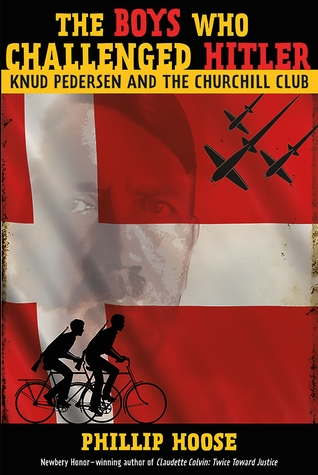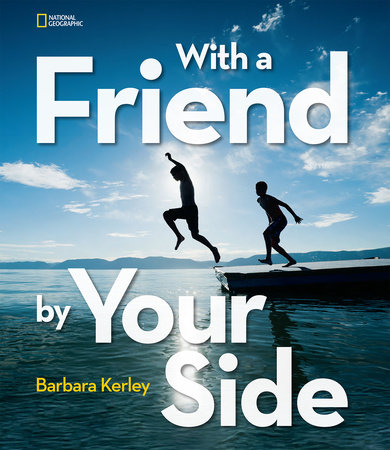Inventions That Could Have Changed the World…But Didn’t!
written by Joe Rhatigan; illustrated by Anthony Owsley
2015 (Imagine Publishing)
Source: Review copy provided by the publisher
Just because something doesn’t do what you planned it to do doesn’t mean it’s useless – Thomas Edison
“Failure is not an option.” I have heard this phrase many times in staff development sessions. I want to speak up and say “Trite and tired phrases are not an option either!” In this really cool new book, failure is celebrated. These are inventions that just didn’t click for one reason or another, but as author Joe Rhatigan states on the inside flap, there is still plenty to learn from these efforts. I so want an amphicar. It was a car and a boat. There were about 4000 produced in the early 1960s but it wasn’t much of a car or a boat. Apparently Lyndon Johnson enjoyed his as he tricked friends by feigning that the brakes had slipped as he headed for a lake. Another of my favorites is the alarm bed. The bed wound up like a clock and dumped you out when the alarm went off. I would get to school faster if I had one of these! As the owner of two cats, I’m not as enthusiastic about the cat potty training device. Some things are just not meant to be. In addition to the highly entertaining inventions, there is an informative introduction to the origin of patents and why we need them.
Failure can teach you a lot. You don’t want to fail all the time, but an occasional humbling can be good for the soul. I lost a lot of games in my youth, but I learned how to handle disappointment. In addition, the losers usually have better stories to tell. This book may prove my point. There’s also a lot of interesting science in these attempts as well as the occasional “What were they thinking?”. As I was reading Inventions, I kept turning to my wife and daughter and telling them about different inventions and they wanted to hear more. That ladies and gentlemen is the sign of a winning book about failing.
Check out more hits and misses at
NC Teacher Stuff.




 Hoose, Phillip. The Boys Who Challenged Hitler: Knud Pedersen and the Churchill Club.
Hoose, Phillip. The Boys Who Challenged Hitler: Knud Pedersen and the Churchill Club.








